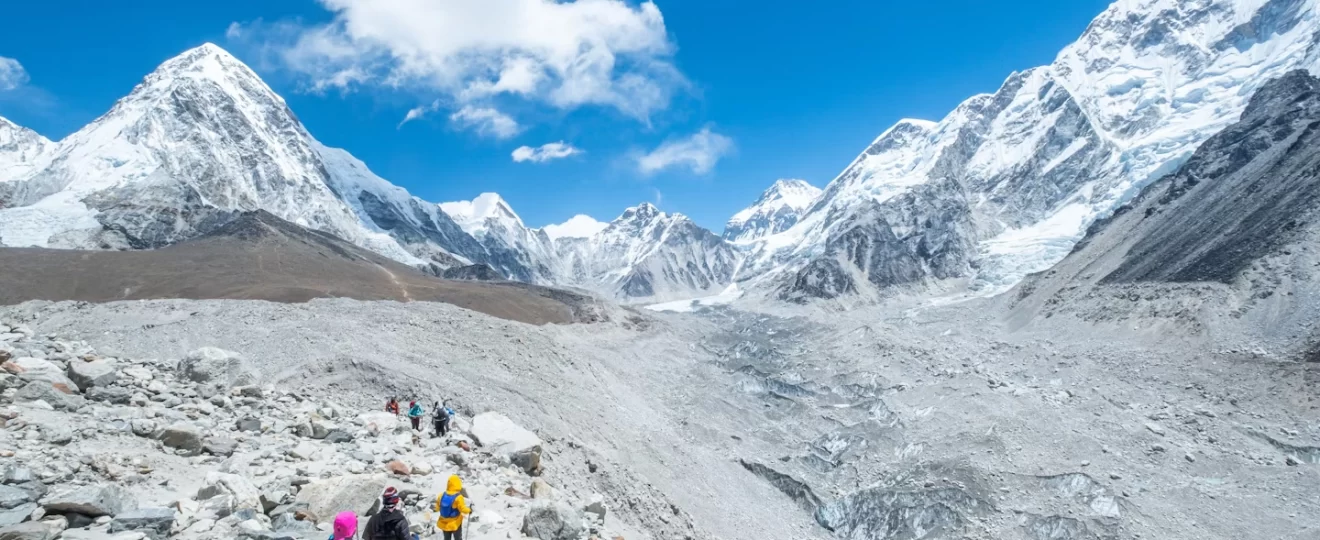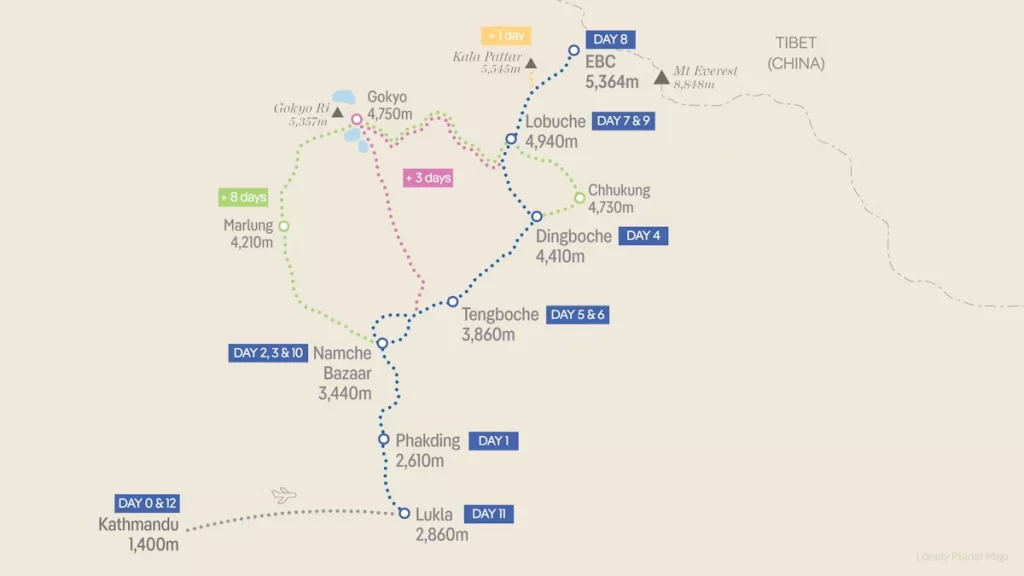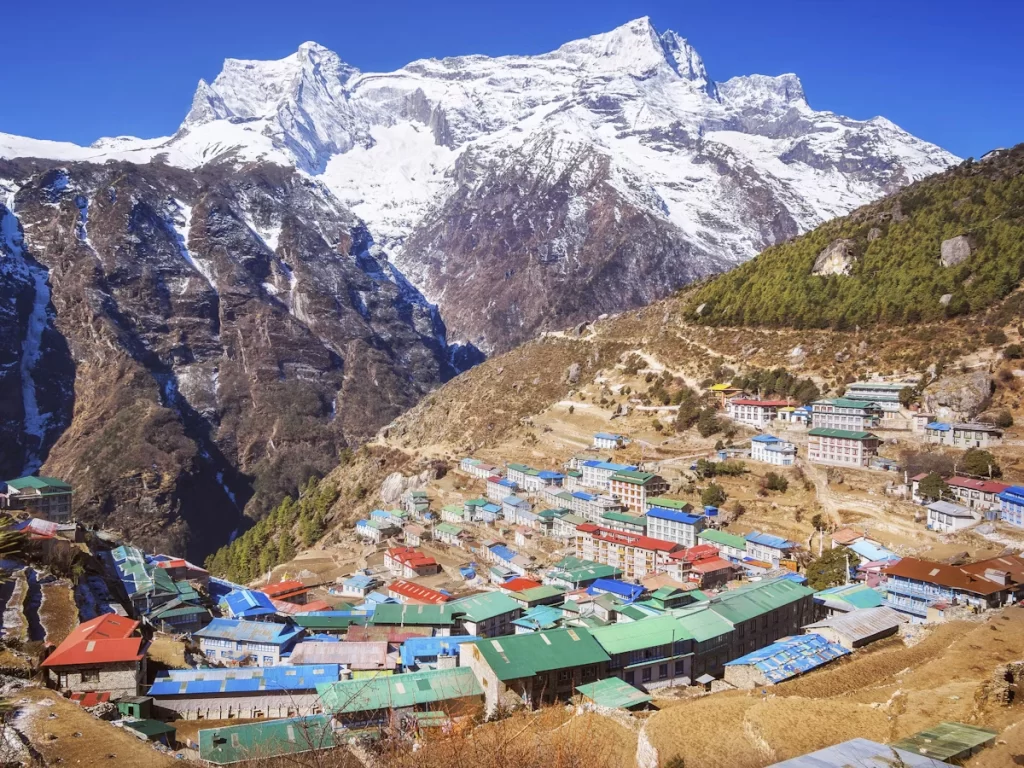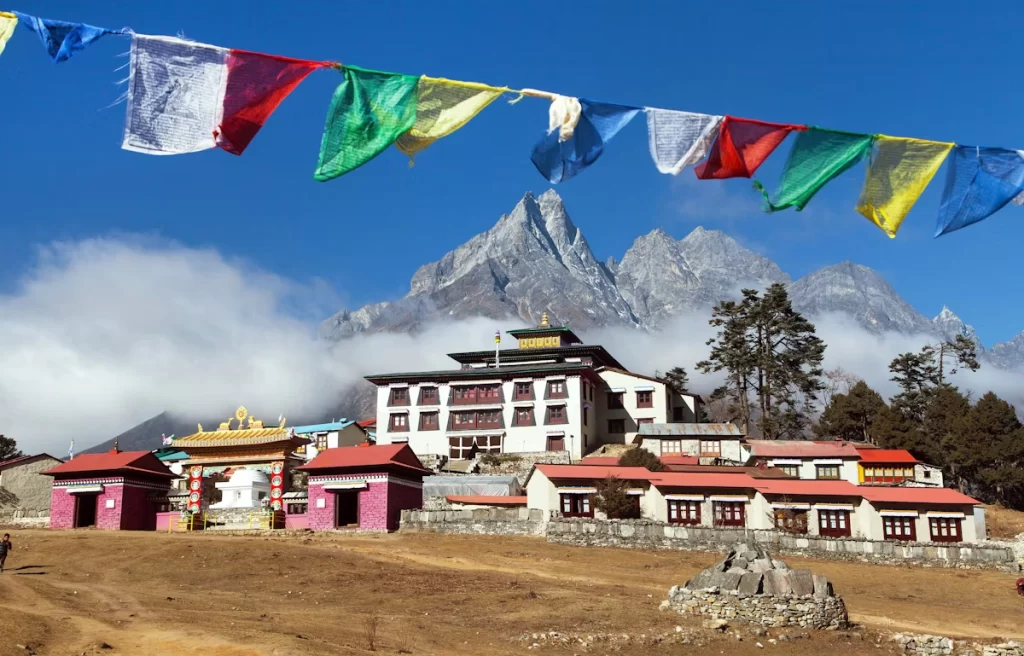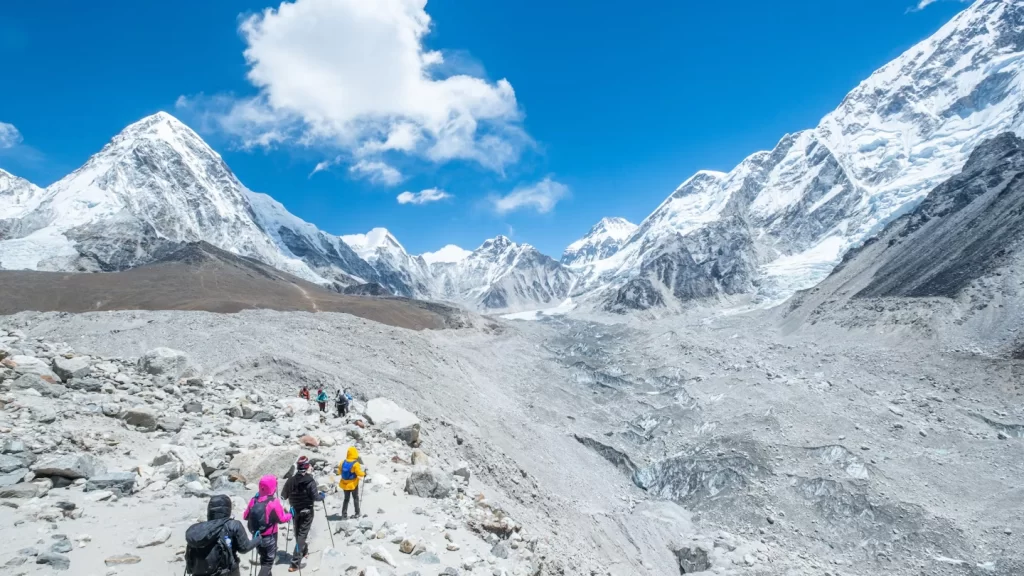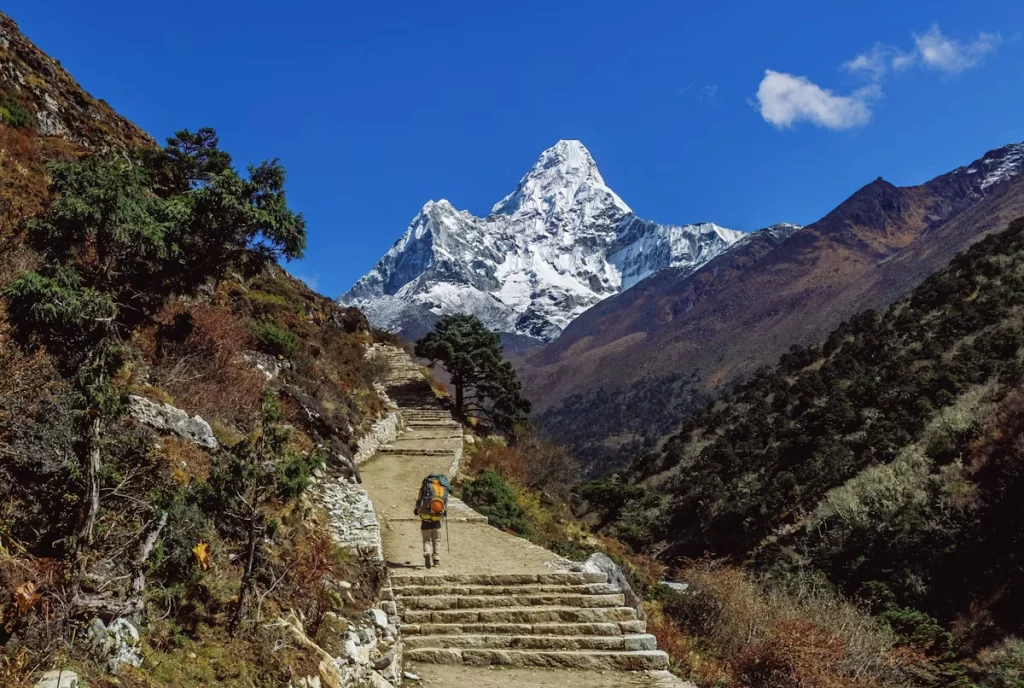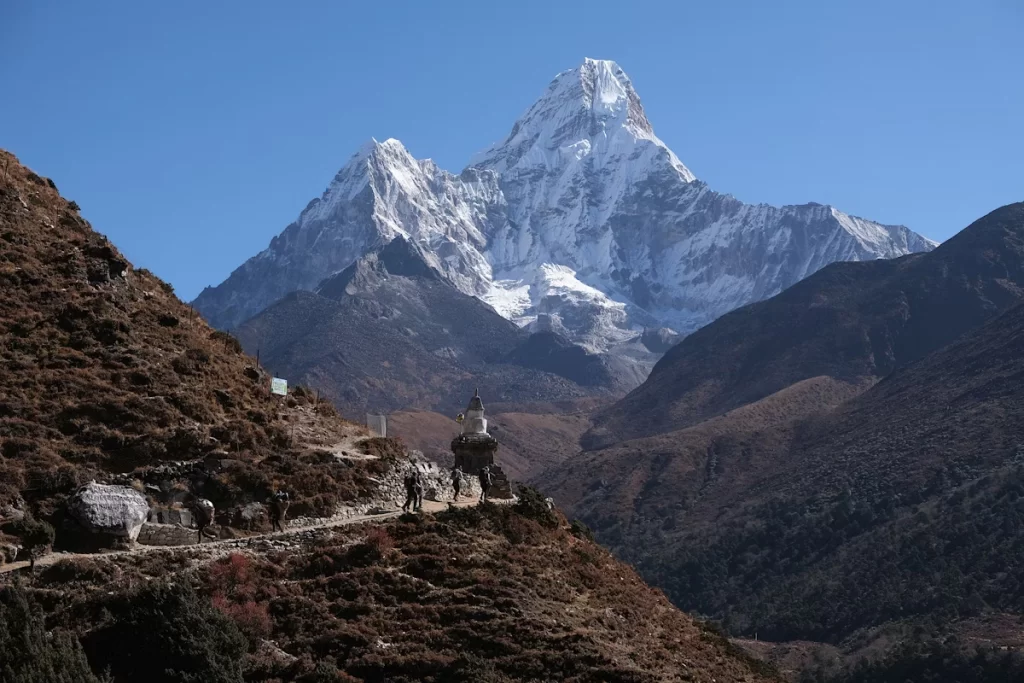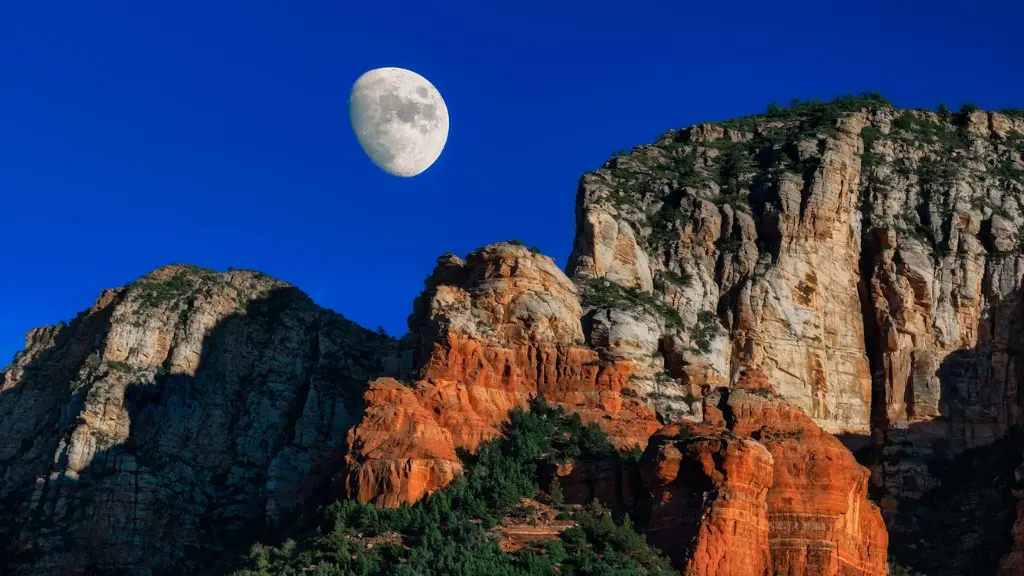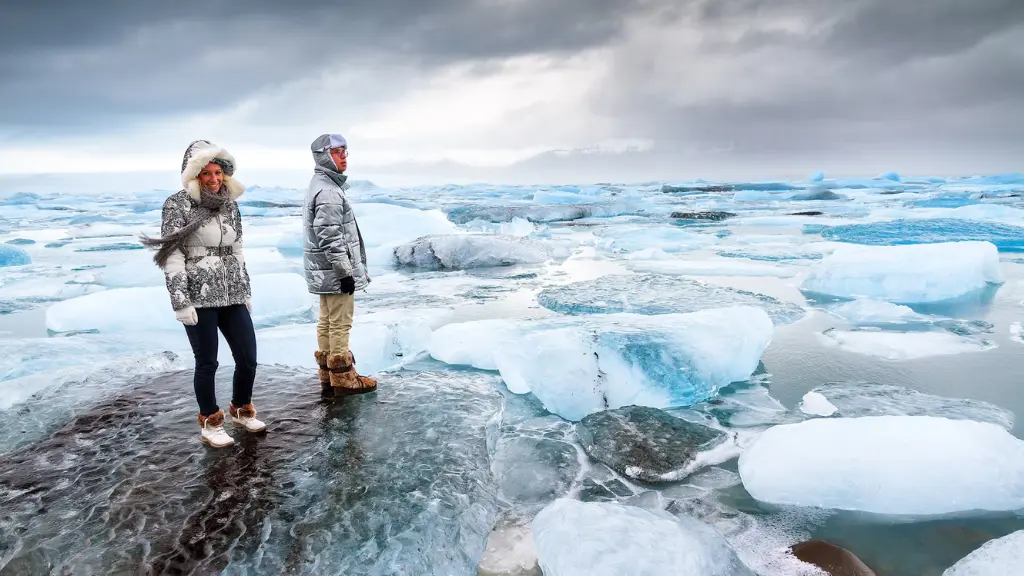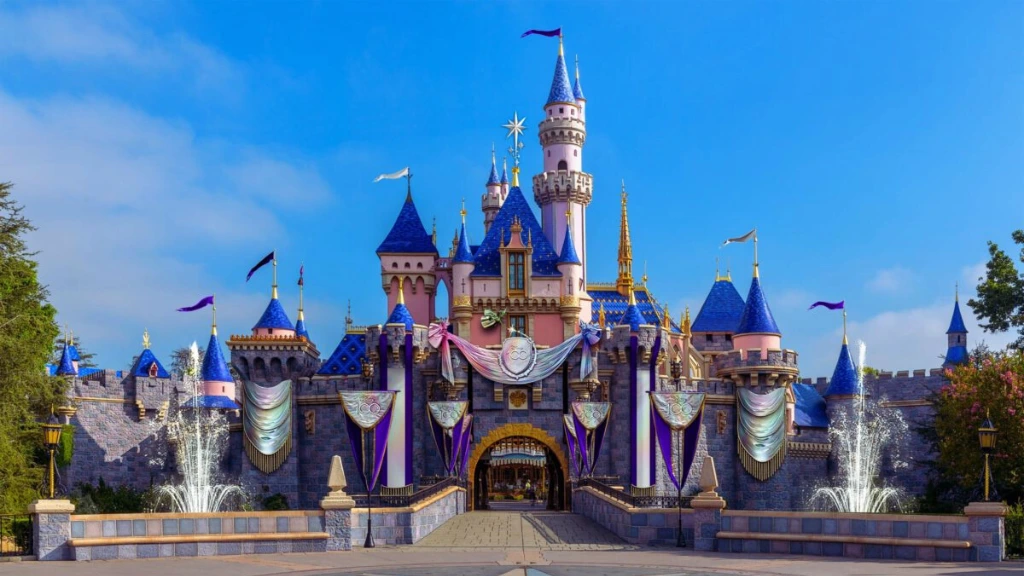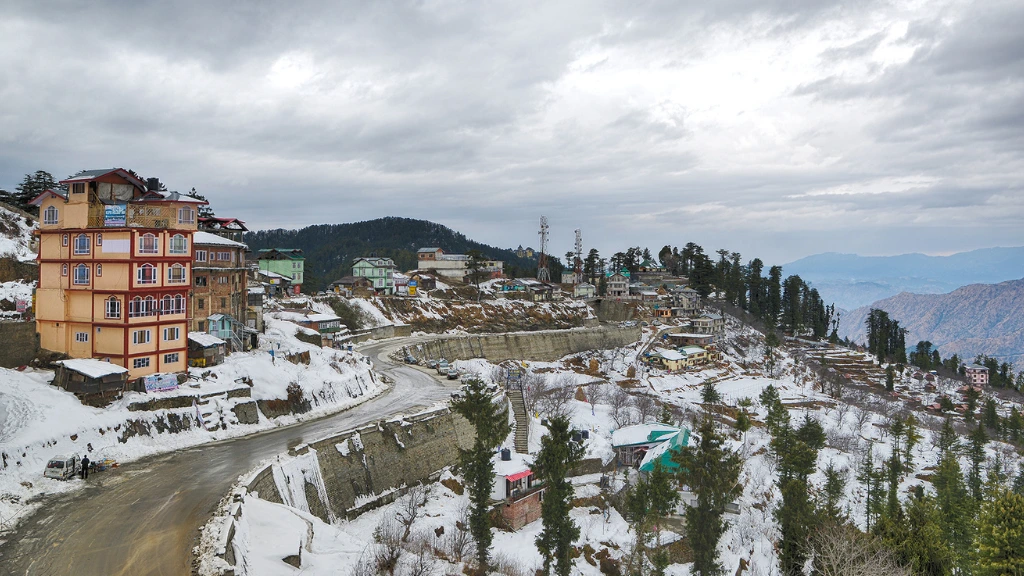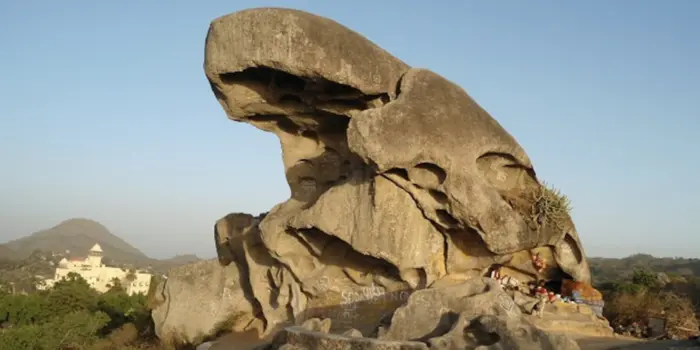Trekking to Everest Base Camp (EBC) is one of the most rewarding adventures on earth. It’s not just about getting close to the world’s highest mountain. It’s about testing your limits, soaking in stunning Himalayan views, and meeting fellow adventurers from around the globe.
Here’s how to plan your journey to EBC, step by step.
You May Also Like: Diljit Dosanjh Shines in Cartier at the 2025 Met Gala
1. Choose Your Route
Most trekkers start their journey with a flight to Lukla from Kathmandu. From there, the classic EBC trail takes about 12–14 days round-trip. The route passes through Namche Bazaar, Tengboche, Dingboche, and Gorak Shep before reaching Everest Base Camp.
For a quieter trail, consider starting from Jiri or Salleri, though it adds extra days to your trek.
2. Get Your Permits
You’ll need two permits:
- Sagarmatha National Park Permit
- Khumbu Pasang Lhamu Rural Municipality Permit
These are easy to arrange through a trekking agency or in Kathmandu before you fly out.
3. Hire a Guide or Go Solo?
You can trek solo, but hiring a guide and porter is highly recommended. Guides help with navigation, altitude concerns, and cultural insights. Porters lighten your load, allowing you to focus on the journey.
As of 2023, solo trekking without a guide is restricted in many parts of Nepal. Check current regulations before planning.
4. Train for the Trek
You don’t need to be an athlete, but good fitness helps. Start training a few months in advance. Focus on:
- Long hikes with a loaded backpack
- Cardiovascular exercises
- Stair climbing or incline walking
Remember: altitude, not distance, is your biggest challenge.
5. Acclimatize Properly
Altitude sickness is real. Take rest days—especially in Namche Bazaar and Dingboche. Drink lots of water. Walk slowly. And never rush uphill.
6. What to Pack
Essentials include:
- Layers for changing temperatures
- Waterproof gear
- Hiking boots (well broken-in)
- Sleeping bag
- Water purifier
- Snacks and medication
Wi-Fi and power banks can help, but don’t rely on constant connectivity.
7. When to Go
Best seasons are:
- Pre-monsoon (March to May)
- Post-monsoon (October to November)
Clear skies, stable weather, and fewer risks.
Final Thought
Trekking to Everest Base Camp is more than a hike. It’s a life-changing experience. You’ll pass prayer wheels, cross swinging suspension bridges, and see the sunrise over snow-covered peaks. It’s tough—but incredibly worth it.

